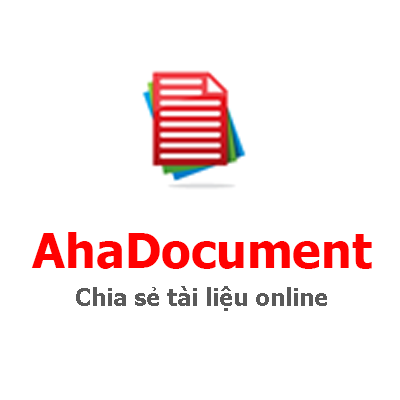Lesson 1
BASIC FEATURES OF TRANSLATION
OBJECTIVES
At the end of the lesson, you will
- identify the meaning of the terms ‘theory of translation’ and ‘translation studies’
- be aware of the basic features of translation
- be aware of the nature of translation
- be aware of the relationship of meaning, style and culture
- identify the types of equivalents of correlated units of translation
- be aware of the tasks of the translator
I. WHAT IS THE THEORY OF TRANSLATION?
It is assumed that before the 1970s the term ‘translation’ used to be thought of particularly as a discipline in the process of foreign language learning; it was rarely studied for its own sake. What is generally understood as translation involves the rendering of a source language text into the target text, ensuring that (1) the surface meaning of the two will be approximately similar and (2) the structures of the source language will be preserved as closely as possible but not so closely that the target language structure will be seriously distorted. The instructor can then hope to measure the students’ linguistic competence by means of the target language products. But there the matter stops (Susan Bassnett, 2002). In the light of this direction, the theory of translation involves normative approaches, putting a strong emphasis on prescribing to translators how to and how not to translate.
Together with the term ‘translation theory’ or ‘theory of translation’, since the mid-1970s the name ‘Translation Studies’ has been adopted to indicate that the study of translation is not just a minor branch of comparative literary study, nor yet a specific area of linguistics, but a vastly complex field with many far-reaching fields: stylistics, literary history, linguistics, semiotics, aesthetics, and practical applications in translation. Translation Studies, indeed a discipline in its own right, aims to produce a comprehensive theory which can be used as a guideline for the production of translations, and during the actual translation process the problems encountered by those working in the field will enrich their practical experience for theoretical discussions, and then increased theoretical perceptiveness will be put to use in the translation of texts.
Practically, whether the study of translation is termed as ‘Translation Theory’ or ‘Translation Studies’ it culminates with the theory on proper principles of translation. This theory, based on a solid foundation on understanding of how languages work, translation theory recognizes that different languages encode meaning in differing forms, yet guides translators to find appropriate ways of preserving meaning, while using the most appropriate forms of each language. Translation theory includes principles for translating figurative language, dealing with lexical mismatches, rhetorical questions, inclusion of cohesion markers, and many other topics crucial to good translation.
Basically there are two competing theories of translation. In one, the predominant purpose is to express as exactly as possible the full force and meaning of every word and phrase in the original, and in the other the predominant purpose is to produce a result that does not read like a translation at all, but rather moves in its new dress with the same ease as in its native rendering. In the hands of a good translator neither of these two approaches can ever be entirely ignored.
II. DEFINITIONS OF TRANSLATION
Since antiquity (3000BC-Newmark 1986), translation has become popular in language learning and daily life. So far, there have been many definitions of translation, and the following are some of them:
1. Translation, by dictionary definition, consists of changing from one state or form to another, to turn into one’s own or another’s language. (The Merriam-Webster Dictionary, 1974). Translation is basically a change of form. When we speak of the form of a language, we are referring to the actual words, phrases,
Để tải trọn bộ chỉ với 50k, vui lòng liên hệ qua Zalo 0898666919 hoặc Fb: Hương Trần

.png)
